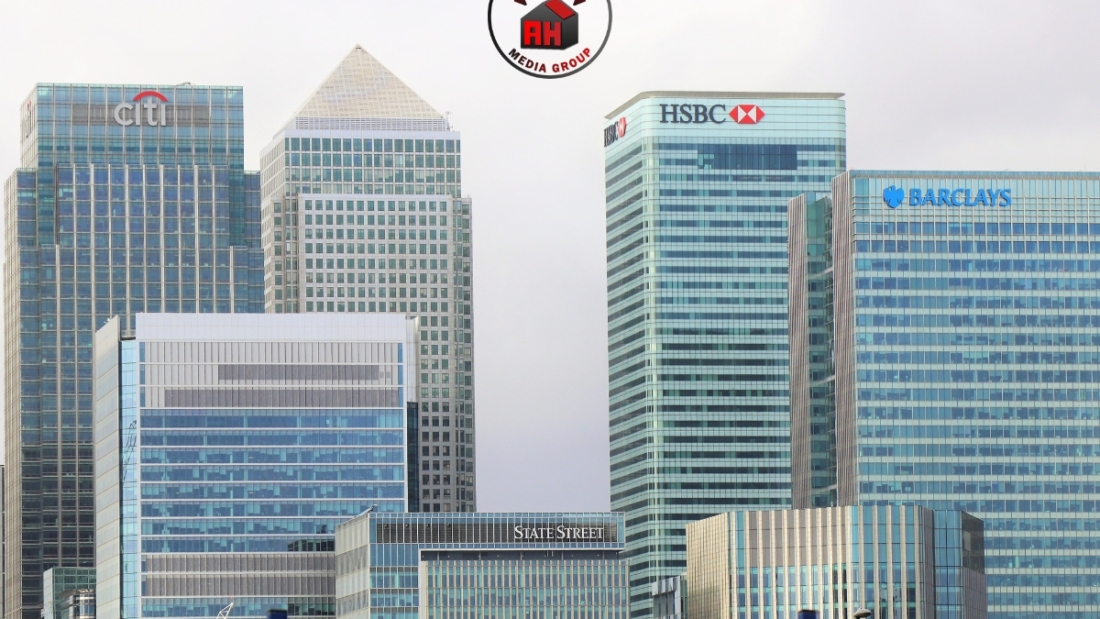With a number of banks like Silicon Valley Bank (SVB) becoming in solvent this month many are asking how many other banks are in similar situation? Unfortunately that number is higher than anyone wants to acknowledge.
IN A NEW STUDY, ECONOMISTS FOUND 186 BANKS THAT MAY BE PRONE TO SIMILAR RISKS AS SVB – WSJ CITING ECONOMISTS.
— Breaking Market News (@financialjuice) March 17, 2023
To the common person banking is confusing and have many scratching their heads asking the same question, what happen to my money? It is assumed that when you deposit your money at the bank you will be able to come back at a later time and withdraw that money with a very small amount of interest added to the initial sum. But to many people are blind to the fact that once your money is handed over to a bank, the bank turns around and spends that money. Whether they loan it out in the form of a mortgage or car loan, buy treasury bonds or invest it in other assets. The issue we find ourselves in know is that many of these banks have made BAD investments and are currently sitting on unrealized loses in the billions.
What we’re likely to see in the coming weeks is that this wasn’t a single bank’s issue. It was a central bank issue.
Don’t take my word for it. Just four days ago the FDIC chair said “most” banks are suffering unrealized losses thanks to the Fed’s rapid change in interest rates.… https://t.co/R8NZX1JEyu pic.twitter.com/j5YDtR2DUv
— Balaji (@balajis) March 11, 2023
What this means is many banks do not have enough money to make all of their depositors whole. So in the case of SVB, many clients of the bank got smart to this and pulled their money and SVB became insolvent aka broke. The federal government has since come in and said that all depositors will be made whole but the investors of the bank have lost everything.
So if you are a depositor at the bank what is the worry? If your bank goes bust the Feds will come in and bail out the bank and everything will go on as usual. These rose colored glasses fit well if the number of banks that need to be bailed out is a handful, but what happens when that number grows to 10s of banks or even 100s of banks? The problem becomes the Federal Deposit Insurance Corporation (FDIC) does not have enough money to properly insure a majority of banks.
The FDIC has $125B of funds against $9.9T of insured deposits, and you are solo’ing out a $1T industry that has NOTHING to do with fractional reserve banking or Fed policy… 🤦♂️ way to misdirect from the actual issue pic.twitter.com/6VsU8puyoX
— billyrestey (@billyrestey) March 16, 2023
Hopefully most banks are hedging the Treasury Bond positions to mitigate the effects of raising interest rates. Banks that effectively layer their positions are better suited to withstand anticipated rising rates. Hopefully more banks become aware of this problem and begin to protect themselves from it but with interest rates on the rise with no end in sight the possibility that more banks will fail seems highly likely.
“The failure of a small bank, like a community bank, can likewise trigger a run on other banks, and failure of that bank could lead to a systemic failure” US Treasury Department’s chief Janet Yellen said https://t.co/0PAlAUj6Lb pic.twitter.com/o9ahrGdq6e
— ANADOLU AGENCY (@anadoluagency) March 22, 2023



Leave A Comment